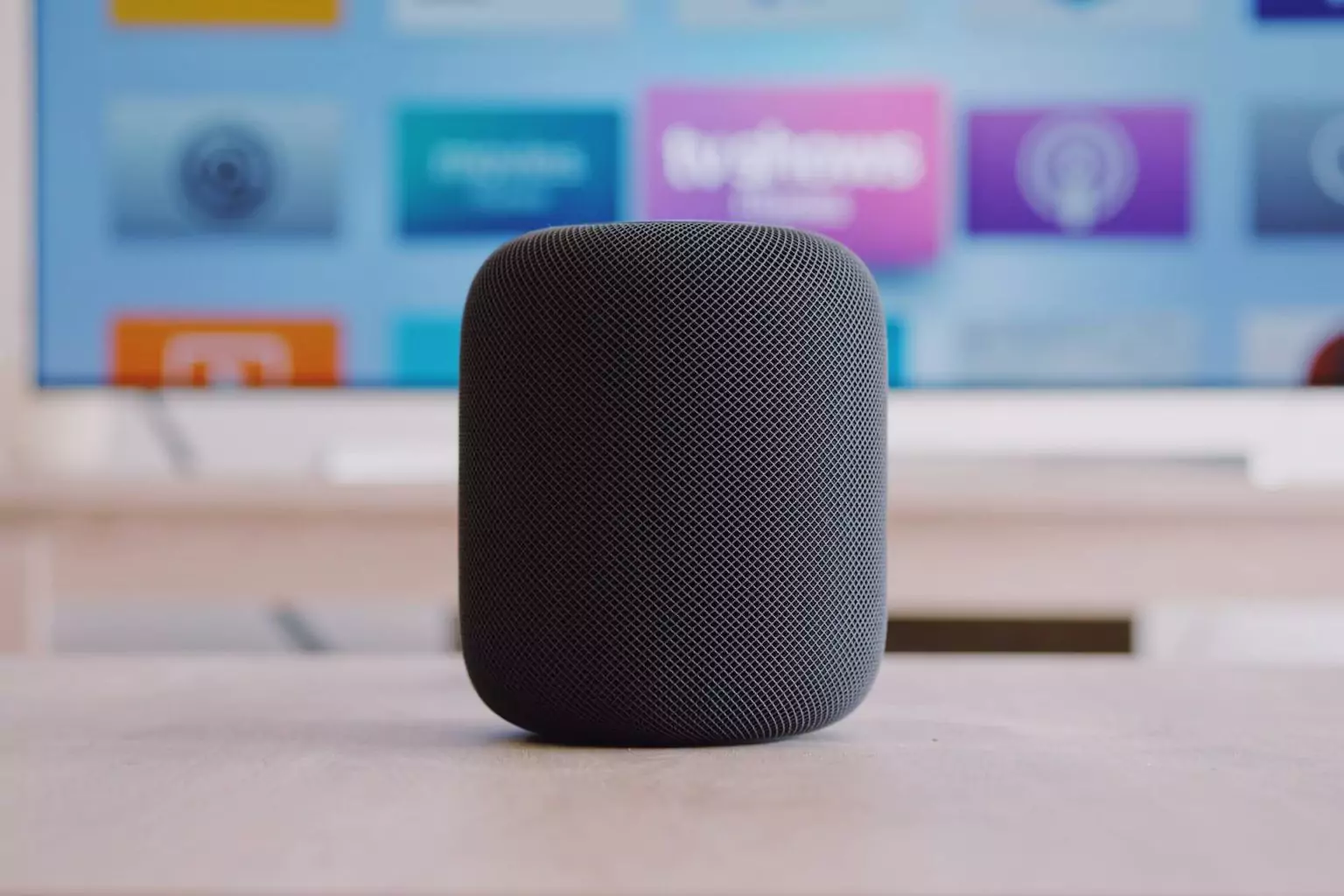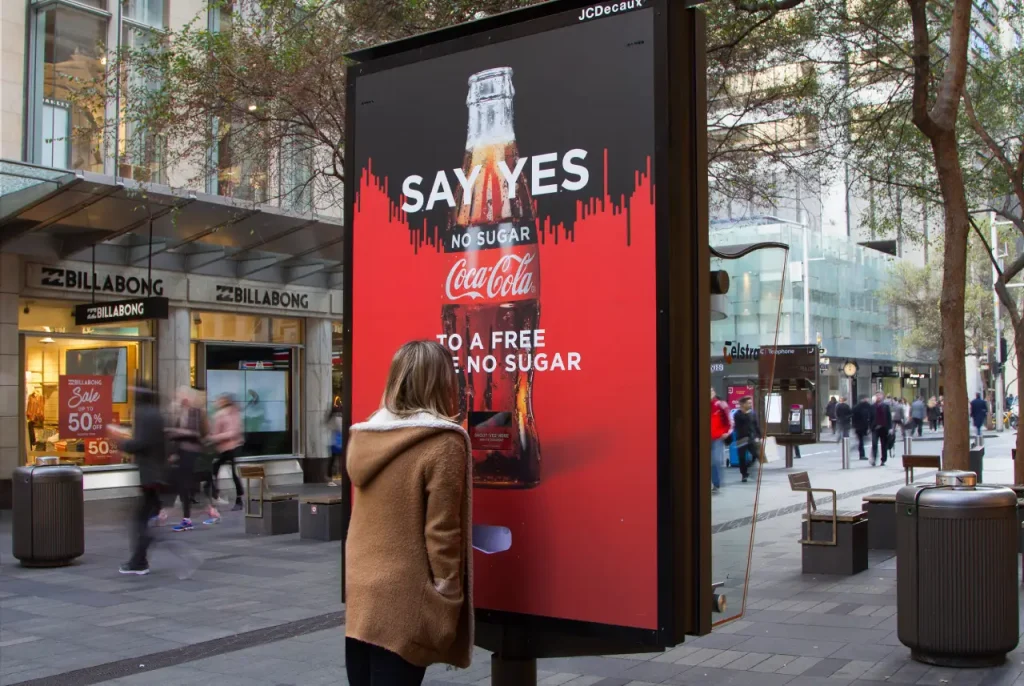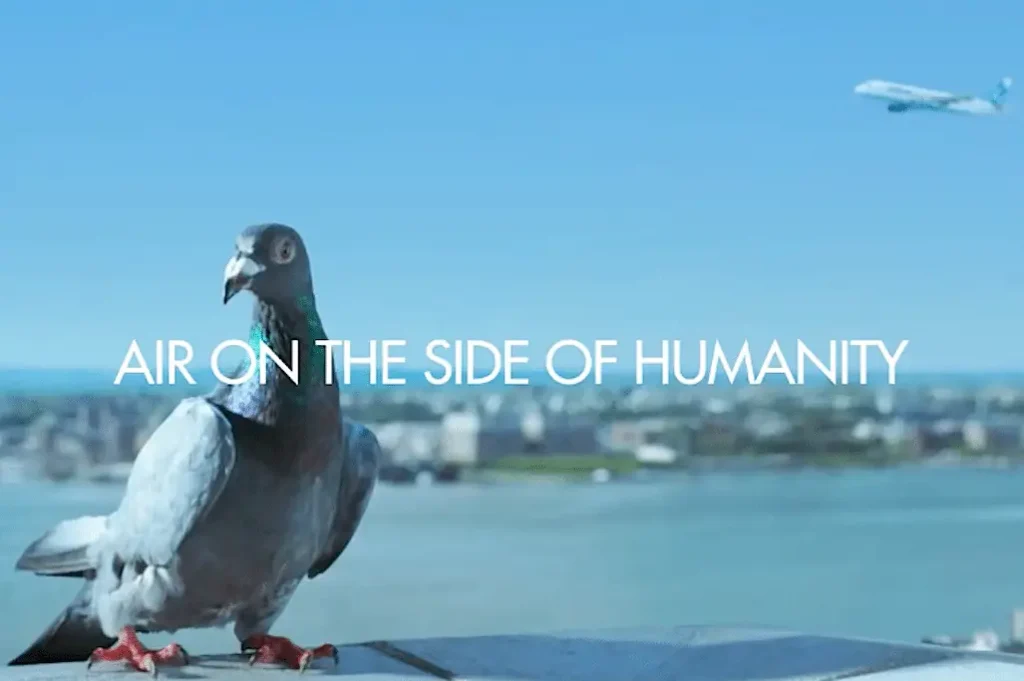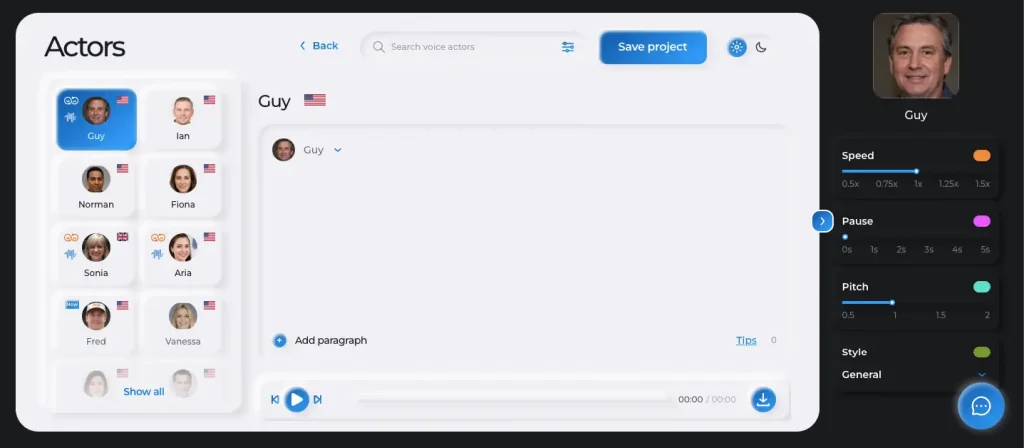
What are voice-activated ads?
by Oliver Goodwin | June 28, 2022
Reading Time: 6 minutes

Voice-activated ads is a form of advertisement that involves the use of conversations to get new leads and new purchases.
The advertising industry has come a long way in today’s world. For those who don’t know, it is the global industry that involves public relations and advertising services for companies and brands. In other words, they help these companies and brands get information about their products or services out there.
There are several forms of advertising, some of the most common being television advertising, online advertising, direct marketing, and billboard marketing. However, there’s one type of advertising that’s making the rounds right now; voice advertising.
Voice-activated advertising is now being used by dozens of advertising experts worldwide, and understandably so. Now, the market for voice-activated ads advertising is worth around $20 billion.
But what is this new type of advertising? And why is it fast becoming the most used method for advertising products and services? Luckily, this article will help to explain these in full detail, so keep reading.
What is voice-activated advertising?

As I mentioned earlier, voice-activated advertising is a type of advertising that involves using interactive audio in order to foster brand engagement and patronage. They are commonly used in digital voice channels, some of which include car and house speakers, radios, mobile streaming services, and sometimes, television.
What voice-activated advertisements do is simple; It provides advertisement content to listeners in the form of audio and softly urge them to purchase. However, this software asks if the user wants to listen to ads in the first place.
Without a doubt, this form of advertising is a lot less intrusive and personally demanding than others. At the end of the ad, many of these voice-activated ads request if the listener wants to hear more.
More often than not, listeners choose to listen to more information about the product or service that the voice-ad was advertising. Why? Because this form of advertisement is a lot less intrusive.
Due to this reason, voice ads and voice-activated advertising have become popularly used by millions of professionals around the world.
The History of Voice-Activated Advertising

Although voice ads have been around for quite a while, the interactive voice-activated advertising concept only became a thing in recent years.
You may think these two are one and the same thing, but you couldn’t be more wrong. While voice ads are simply voice-related advertising that drones on and on about why you should buy a particular product or service, voice-activated advertising takes a slightly different route, as explained above.
JetBlue started the innovation way back in 2013 with its voice-activated campaign. Since then, other companies like Toys R Us and Hellman have followed suit. The voice-activated ads got a significant upgrade in 2019, and Pandora was behind this whole upgrade. This incredible brand developed hands-free, voice-activated ads for big brands like Doritos worldwide.
As you can see, this software has been used in several sectors since its inception. However, how exactly did this software fly? What big brands started using this software? And how did these types of ads capture the market?
How Voice-Activated Ads Have Captured the Market
Voice-activated ads are now among the most popular types of ads in the world, and several global companies and brands have taken a liken to them.
This concept began as a feature of JetBlue’s voice-activated mobile campaign back in 2013. This campaign involved getting testers and consumers to interact with a voice-controlled video game.
Subsequently, that same year, companies like Toys R Us released their own voice-activated mobile campaign. Rather than getting their users to participate in a video game, they provided this software as a way to guide shoppers toward their desired toys using voice alone.
As I mentioned earlier, this AI-powered software came into the advertising industry at the start of 2019. Pandora developed voice-activated ads for several companies, some of which include notable brands like Unilever, Wendy’s, and Doritos.
Several companies currently include the use of this feature in their marketing campaigns. Hellman’s Mayonnaise now uses this feature in their restaurants to offer toppings, and DiGiorno’s popularly uses this software to tell a corny pizza joke. After telling the joke, this software only delivers the punchline after the customers respond affirmatively.
The Future of Interactive Voice Ads
There’s one thing that’s for sure; interactive voice ads are here to stay. Developers and innovators are constantly working on new ways to make this software better for both clients and consumers.
For example, several voice-activated AI agencies are coming up with automated voice ads that provide useful and helpful progressions to the client, regardless of their response.
When clients respond affirmatively, the voice-activated automation would ask preferable and specific questions from the client. If clients and customers respond “no,” this software would provide equally helpful discourse, such as telling the listeners to check this particular offer at a later time.
Something about this software? It absolutely works. Reports show that at least 5% of listeners wilfully opt to hear voice ads.
If these interactive voice ads become successful, it could become extremely useful for SMEs and big companies alike. These companies and brands would be able to serve their customers, provide useful information, and market their products at the sound of their customer’s voices.
Consequently, businesses could save millions on marketing campaigns and personnel installations. Why would businesses need to hire people to give the same old generic information when they can get voice-activated advertisements to do that for them?
To be more accurate, marketing campaigns like social media campaigns cost an average of $4,000 to $7,000 to run monthly. More expensive campaigns like TV marketing campaigns cost up to $50,000 monthly.
Broadcasting is among the most expensive marketing campaigns, costing up to $100,000 for 30-second commercials. When compared to voice-activated advertising, these figures are gargantuan. Voice-activated advertising costs range from $250-$3,000, depending on the complexity of the software.
Voice-enabled advertising is among one of the most used types of advertising in the BC2 marketplace right now. Millions of small and medium business enterprises which are B2C-centered have stated that it boosted their marketing efforts. These businesses made a huge turnover and improved their conversion in just a few months of using voice-activated advertising.
Unfortunately, this type of advertising is not yet popularly being used in the B2B marketplace. However, more and more outreaches are being made to push this amazing innovation to the B2B space.
Their implementation of this type of advertising would also bring in huge numbers for them. For example, if they create voice-enabled ads and broadcast this audio ad through Television, smart speakers, and other professional media, it would sharply increase their conversion rate.
How to use Voice Activated Advertising effectively with Synthesys AI Studio

As helpful as the voice-activated advertising tool is, not many companies know how to fully utilize it. Additionally, there are multiple companies that offer substandard versions of this product.
These products often malfunction, giving the general AI system a bad name. Now that this voice-activated advertising is still relatively new in the workplace, the last thing it should get is a reputation for being flawed.
Thankfully, you can get some high-quality AI audio content for your voice-activated advertising here at synthesys.io. We continuously improve our ΑΙ voice generator and add more features. Through years and years of research, we have allowed companies to save more on their total marketing structure, with our services.
We can help improve your audio ads immediately. You would be able to convert and drive sales at a very affordable price. In addition to providing this service, we are also proud of our amazing customer service. If you have a problem using our software, you won’t need to fret. Our customer care specialists are at your beck and call, 24/7.
To use our software, simply create a free account. Our easy and user-friendly interface will allow you to quickly create your AI audio content in simple clicks.
Conclusion
Digital audio advertising is still a long way from being fully understood. There are a lot of unknown intricacies about this concept, which makes discoveries about voice-activated AI all the more interesting.
It’s relatively gone through a lot of improvement in the past few years. As mentioned earlier, voice-activated advertising started from the innovation JetBlue came up with. Without them, it would have taken a lot longer to get to its level of development today. Or maybe this concept would have been thought up at all.
If you’re thinking about trying out this type of advertising, here’s a piece of advice; Do it. Your business would be better for it. For one, you’d be able to save lots of money on marketing. This money can then be redirected into other business processes.
Luckily, this article has further helped to clarify the issues and questions surrounding voice-activated advertisement.




